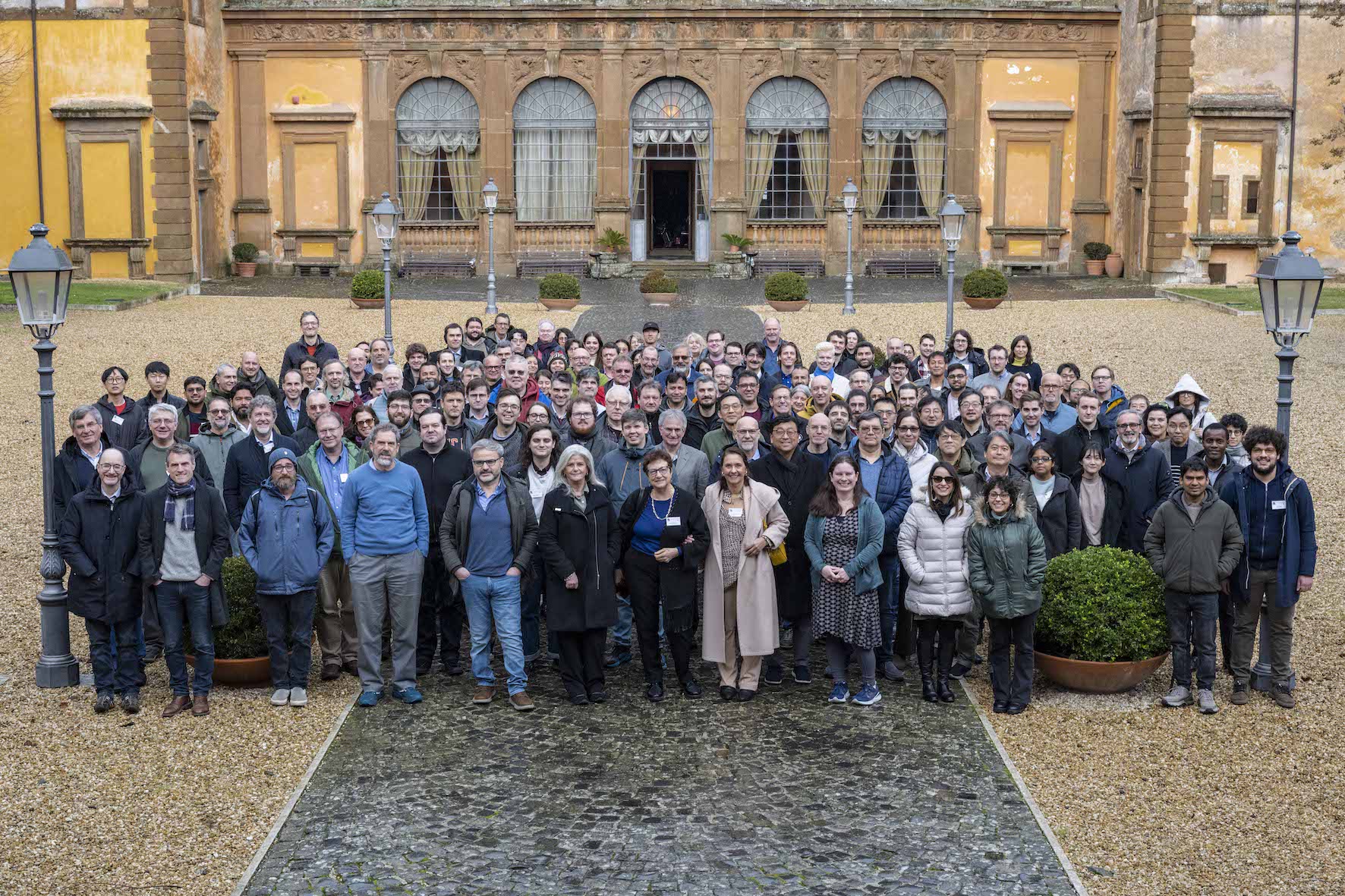 While in the last century we have acquired fundamental notions about the atom and the force that explains the interactions between the atomic nucleus and the electrons orbiting around it (the electromagnetic force), we still miss the details of what happens inside the nucleus. This microcosm is dominated by a force, the strong interaction, that binds the protons and neutrons of which it is composed, and the quarks, the elementary particles that make them up. With the aim of better understanding it, the Brookhaven National Laboratory in New York will equip itself with a new machine: EIC, Electron-Ion Collider, two intersecting accelerators – one of which will produce an intense beam of electrons, the other a high-energy beam of protons or heavier atomic nuclei – that will be directed into frontal collisions. There will be two interaction points, and in one of them the ePIC detector will be installed. ePIC will take “snapshots” of the internal structure of the particles produced in the collisions and will explore, through deeply inelastic scattering measurements, the arrangement of quarks, and also of gluons, the strong force mediating particles that hold them together.
While in the last century we have acquired fundamental notions about the atom and the force that explains the interactions between the atomic nucleus and the electrons orbiting around it (the electromagnetic force), we still miss the details of what happens inside the nucleus. This microcosm is dominated by a force, the strong interaction, that binds the protons and neutrons of which it is composed, and the quarks, the elementary particles that make them up. With the aim of better understanding it, the Brookhaven National Laboratory in New York will equip itself with a new machine: EIC, Electron-Ion Collider, two intersecting accelerators – one of which will produce an intense beam of electrons, the other a high-energy beam of protons or heavier atomic nuclei – that will be directed into frontal collisions. There will be two interaction points, and in one of them the ePIC detector will be installed. ePIC will take “snapshots” of the internal structure of the particles produced in the collisions and will explore, through deeply inelastic scattering measurements, the arrangement of quarks, and also of gluons, the strong force mediating particles that hold them together.
In the spring of 2024, the EIC project achieved the “CD-3 Approval”, the green light from the US Department of Energy to start the procurement of the first components. This important milestone marks the start of the ePIC experiment realisation process, organised in three significant steps: the construction of the detector apparatus by 2031, the commissioning of the experiment in the period 2031-2033, and the availability of the first collision-accelerated beams in EIC for the first physics measurements in early 2034.
Italian participation in EIC was formalised in 2019 through the EIC_NET networking initiative within INFN National Scientific Commission 3 (CSN3), which coordinates the Institute's research activities in nuclear physics, and was pivotal in the organisation of the ePIC International Collaboration. This Collaboration, which was officially formed in July 2022 at the end of an almost ten-year process of community aggregation through the EIC User Group (EICUG), currently brings together more than 800 scientists from 177 institutions and 26 countries. There are more than 120 researchers involved in Italy, from 13 INFN Divisions and Associated Groups (Bari, Bologna, Cosenza, Catania, Ferrara, Genoa, Padua, Pavia, Roma Sapienza, Roma Tor Vergata, Salerno, Turin and Trieste) and one laboratory (Southern National Laboratories). The strengthening of the Italian participation led to the establishment of the ePIC experiment within the CSN3 in June 2024.
Several Italian researches have roles of responsibility in ePIC: from management positions in the Scientific Collaboration itself to the coordination of working groups on the detector. Italian groups are also well represented in the various Collaboration committees as well as in analysis and simulation projects, and at the top of the EIC governance structure.
INFN is in the process of formalising its commitment for contributions in kind to the design, procurement, fabrication and testing of key components of the ePIC detector. In addition, INFN representatives have been present in the governance structure (Steering Committee) of the EICUG since its foundation.
As a demonstration of the INFN community's relevant and enthusiastic role within ePIC, in January the third ePIC Collaboration Meeting, the annual meeting of the international ePIC Collaboration, was held in Italy (at Villa Mondragone, Monte Porzio Catone, near Frascati, Rome).




